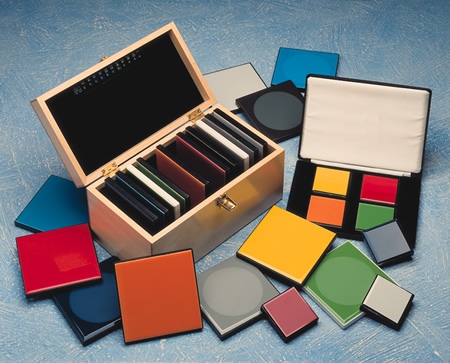You are here: Home » Materials Technologies » Colour Standards
Ceramic Colour Standards
As consumers become more and more discerning, colour and its control has become an important part of the production process in many industries, and accurate measurement is vital to this. Instruments need to perform reliably and the best way to ensure this is to check them with stable standards. Our Colour Standards are internationally recognised as the leading standards for use in colour measurement and calibration.
Why Use Our Colour Standards?
Produced using leading edge ceramic technology, they are stable, durable, non-fluorescent and easy to use.
- Ideal for use in ISO 9000 Quality Control Procedures, they increase confidence in instrumental colour control
- They provide early warning of instrument problems
- They improve coordination between manufacturers
- Our Colour Standards improve colour reproduction between different product sources
- Providing global acceptance of suppliers' products, they also reduce the cost of producing off-shade products.
Range of Products - Gloss and Matt
Basic Range
7 chromatic standards for spectral response, 2 colour difference standards and 3 neutral grey standards for photo linearity.
Neutral Standards
A range of greys from white to black.
Custom Standards
Made to custom specifications.
Mini Colour Standards
As per the basic range plus a black and a white, the individual pieces of Colour Standard are 10mm x 10mm with the whole set of a similar size to a credit card (85mm x 55mm x 2mm).
Printing Standards
Robust standards set for the print industry in a choice of finishes: glossy and matt. The mount which holds the standards has been designed to enable the instrument optics to remain on the same plane as the standards, thus providing easy and accurate measurements every time. Each set consists of 7 chromatic standards for spectral response, 2 colour difference standards, 3 neutral grey standards for photo linearity, and both a black and a white standard.
Reflectance and Colour Data
All of our un-calibrated standards are provided with nominal data as a guide to the values that may be expected in service.
Where different batches of a given colour exist, we clearly label each batch so that the appropriate data is correctly supplied with each standard. An example of the data provided is that for a Red Tile from Batch G.
